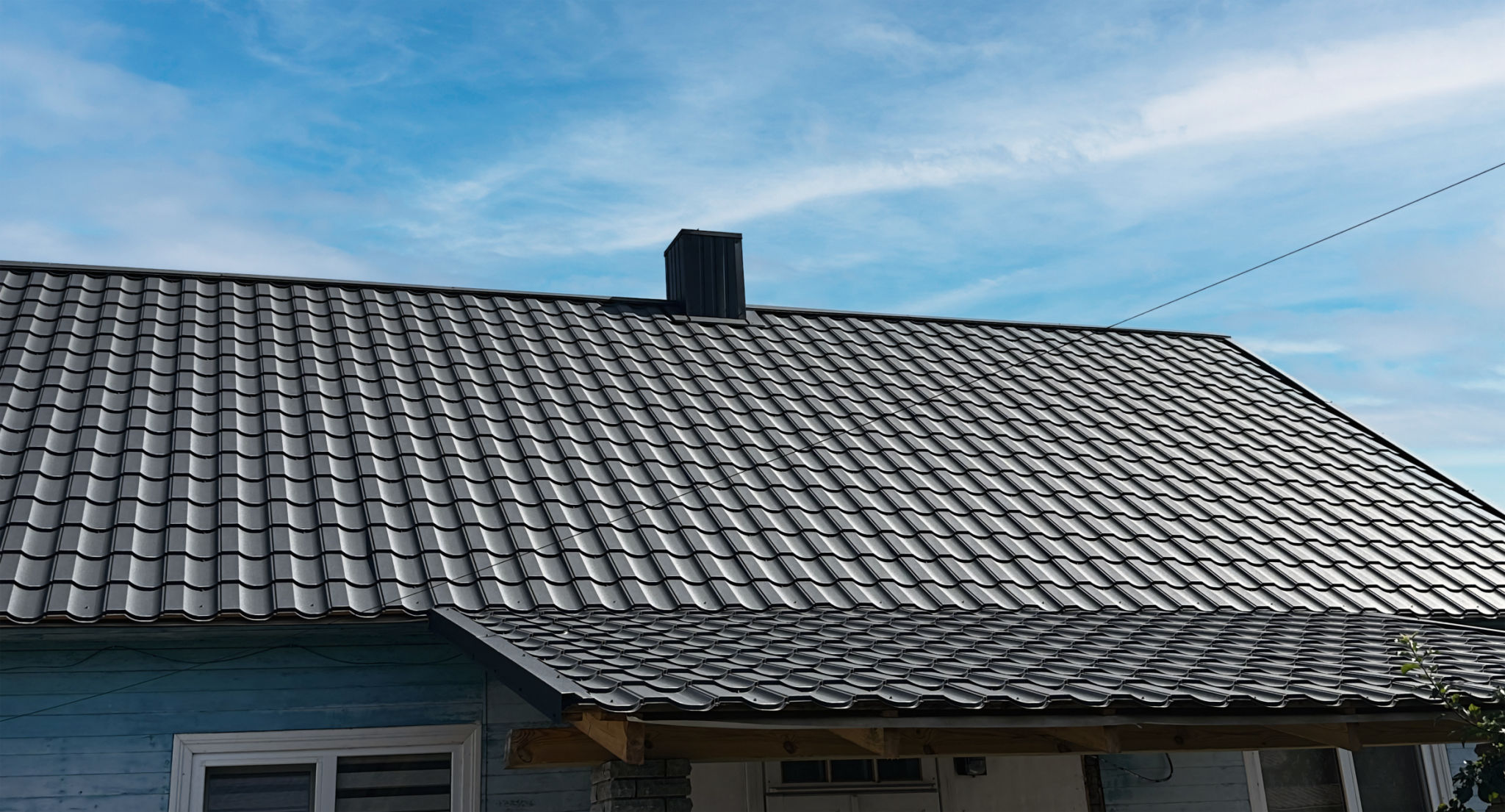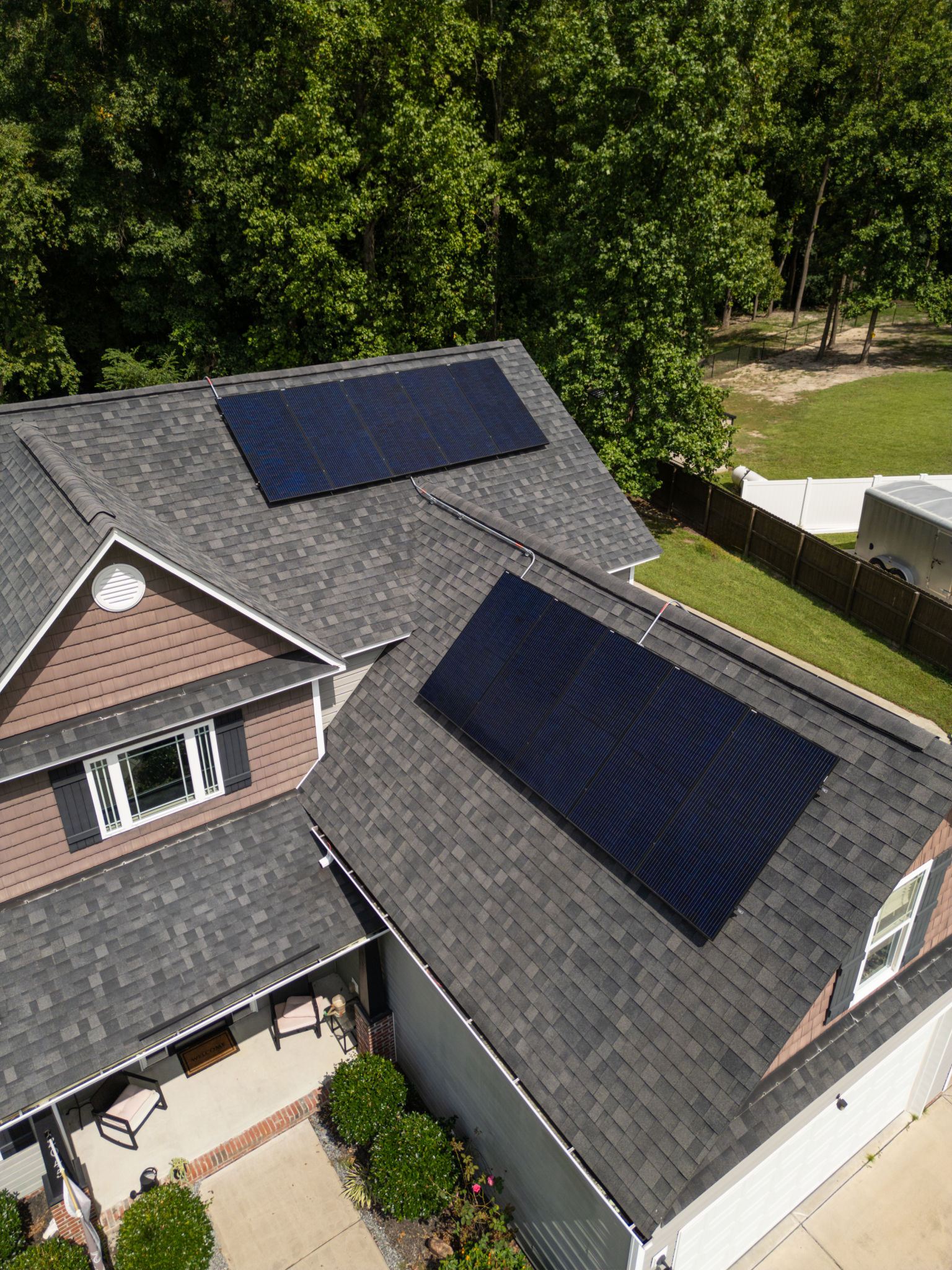Eco-Friendly vs. Traditional Roofing: Which is Right for Your Wisconsin Home?
Understanding Eco-Friendly Roofing
Eco-friendly roofing solutions have gained significant traction in recent years, especially among environmentally conscious homeowners. These roofs are designed to minimize environmental impact and often include materials that are sustainable, recyclable, or energy-efficient. Some popular options include metal roofing, solar panels, and green roofs. Each of these choices offers unique benefits that can make your Wisconsin home more sustainable.
Metal roofs, for example, are not only durable but also recyclable at the end of their lifespan. Additionally, solar panels can be installed to harness renewable energy, reducing reliance on fossil fuels. Green roofs, which involve growing vegetation on your rooftop, help to improve air quality and provide natural insulation. These innovative solutions contribute to reducing your carbon footprint while enhancing the aesthetic appeal of your home.

Exploring Traditional Roofing
Traditional roofing materials such as asphalt shingles, wood shakes, and slate have been used for decades in Wisconsin homes. Asphalt shingles are perhaps the most common due to their cost-effectiveness and ease of installation. Wood shakes offer a rustic charm that many homeowners appreciate, while slate provides an elegant, timeless look. However, these traditional materials come with their own set of environmental considerations.
For instance, asphalt shingles are typically made from petroleum-based products and may contribute to landfill waste once they reach the end of their life. Wood shakes require the use of natural resources and may not be as durable as other options. Slate is long-lasting but can be heavy, requiring additional structural support. Understanding these factors is crucial when weighing the pros and cons of traditional roofing materials.

Comparing Costs and Longevity
When deciding between eco-friendly and traditional roofing options, cost and longevity are significant factors to consider. Eco-friendly roofs may have higher upfront costs due to the advanced technologies and materials used. However, they often offer long-term savings through reduced energy bills and lower maintenance costs. Additionally, many sustainable options have longer lifespans than traditional materials.
On the other hand, traditional roofing materials like asphalt shingles tend to be more affordable initially but may require more frequent repairs or replacements. It's essential to evaluate your budget and consider the long-term implications of your choice. In some cases, investing in an eco-friendly roof can lead to greater financial savings over time.

Climate Considerations for Wisconsin Homes
The harsh Wisconsin climate plays a pivotal role in determining the most suitable roofing material for your home. With heavy snowfall in winter and hot, humid summers, homeowners need a roof that can withstand these extremes. Eco-friendly options like metal roofs are known for their durability and ability to shed snow efficiently, reducing the risk of ice dams and leaks.
Conversely, traditional materials like wood shakes might struggle under heavy snow loads or excessive moisture. Asphalt shingles can also be vulnerable to damage from freezing and thawing cycles. Ultimately, choosing a roof that can handle Wisconsin's weather variability is crucial for ensuring the longevity and performance of your investment.
Environmental Impact and Sustainability
One of the primary motivations for choosing eco-friendly roofing is its reduced environmental impact. Sustainable materials help conserve natural resources and often involve less energy-intensive manufacturing processes. Additionally, many eco-friendly roofs contribute to improved energy efficiency by reflecting sunlight or providing better insulation.

Traditional roofing materials tend to have a more significant environmental footprint due to the extraction and processing of raw materials. However, some manufacturers are taking steps to produce more eco-conscious options within the traditional category. It's essential to research and understand the environmental credentials of any roofing material you consider.
Making the Right Choice for Your Home
Your choice between eco-friendly and traditional roofing will ultimately depend on a variety of factors including budget, aesthetic preference, and environmental values. Both options have their merits and potential drawbacks, making it essential to assess your priorities carefully.
If sustainability and energy efficiency are top priorities, an eco-friendly roof might be the best fit for your Wisconsin home. However, if budget constraints or specific aesthetic desires take precedence, you might opt for a traditional material while exploring ways to mitigate its environmental impact.
Consulting with a professional roofer who understands the unique climate challenges in Wisconsin can provide valuable insights into which option suits your needs best. Regardless of your choice, ensuring proper installation and maintenance is key to maximizing your roof's performance and lifespan.